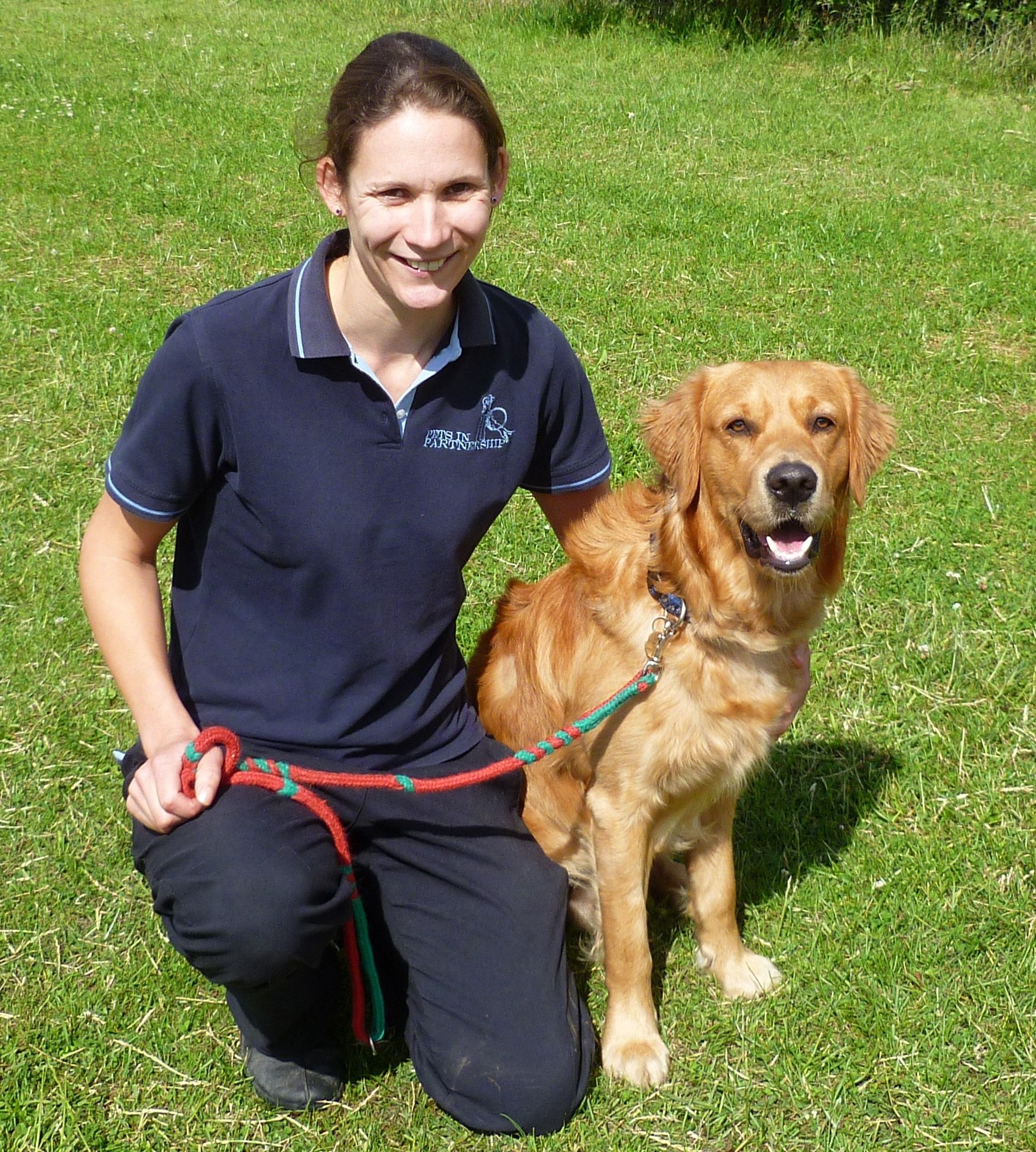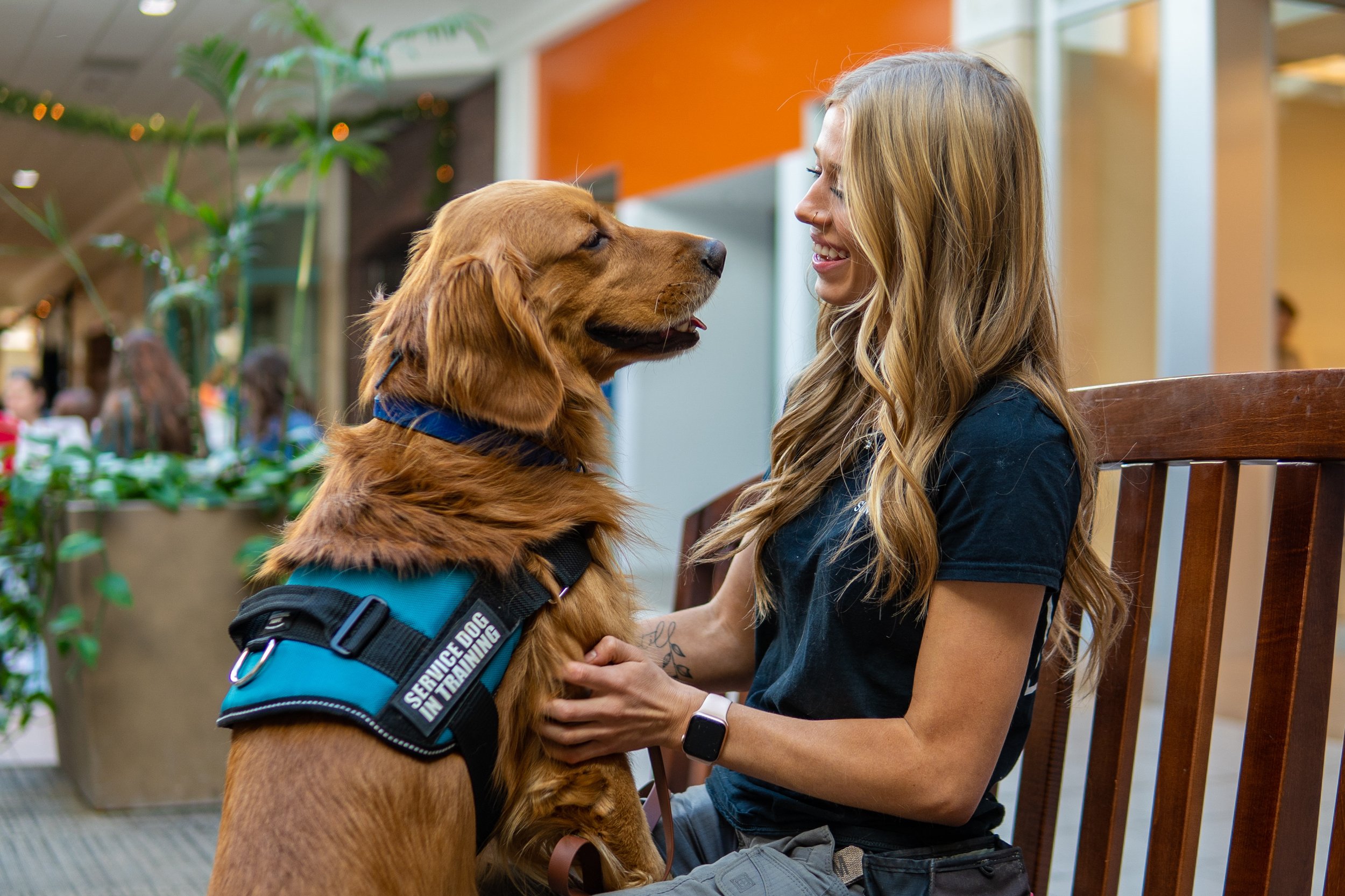Essential Canine Educating Tips for Raising a Mannerly Companion
Important techniques such as very early socializing, the establishment of consistent commands, and the execution of favorable reinforcement can considerably influence a pet's habits and overall disposition. Recognizing canine habits is essential for tailoring training strategies that resonate with individual pets.
Comprehending Canine Actions

Additionally, socializing plays an essential duty in forming a canine's behavior. Direct exposure to numerous atmospheres, people, and other pets assists canines develop self-confidence and minimizes the possibility of fear-based reactions. Early socializing is especially essential, as experiences throughout the essential advancement period dramatically affect a canine's lasting habits.
Additionally, understanding the concepts of learning concept-- such as positive reinforcement, adverse reinforcement, and penalty-- can enhance training efficiency. Dogs are more probable to repeat actions that yield positive end results. Using consistent, reward-based training techniques cultivates a trusting connection in between the pet and its trainer.

Fundamental Commands to Instruct
Teaching standard commands is a necessary structure for efficient dog training and interaction. Dog Training For Dogs. These commands not just help develop a clear line of communication between you and your pet, however they also advertise security and etiquette in various scenarios
Begin with fundamental commands such as "Sit," "Keep," "Come," "Down," and "Heel." Each command serves a specific function; for example, "Sit" can aid calm an excited pet dog, while "Come" is vital for guaranteeing your canine go back to you when called.
When introducing a brand-new command, use a constant and clear tone. Constantly match the spoken command with a hand signal to reinforce understanding. Technique in a quiet setting before slowly presenting interruptions. Progressively enhance the period and distance as your pet dog comes to be much more proficient.
Consistency is essential; technique regulates daily to strengthen understanding, and ensure all family participants make use of the same commands to avoid confusion. Keep in mind that perseverance is necessary during this process, as various pets might learn at different speeds. Establishing these fundamental commands advertises an unified partnership and sets the stage for more advanced training in the future.
Positive Reinforcement Methods
Favorable support methods are very reliable approaches for motivating wanted actions in dogs. This training approach includes rewarding your dog for exhibiting behaviors you wish to strengthen, thus increasing the chance of those actions being repeated. Incentives can take numerous kinds, consisting of deals with, appreciation, or play, and must be customized to what inspires your canine most.
Timing is important in positive reinforcement. Rewards should be offered immediately after the wanted actions takes place to produce a Bonuses clear association. If you desire your canine to sit on command, compensate them as quickly as they sit, guaranteeing they recognize what action is being reinforced.
Uniformity is one more important part. Dog Training For Dogs. Utilize the same commands and rewards each time to stay clear of confusion. Progressively, you can eliminate treats for even more periodic rewards, such as spoken praise, to keep the habits without relying on consistent external support
Furthermore, it is essential to continue to be client and stay clear of punishment, as negative support can lead to be afraid and anxiety, inevitably hindering training initiatives. By implementing favorable reinforcement methods, you will certainly promote a relying on relationship with your pet, resulting in a mannerly companion.
Socialization and Communication
Socialization and communication are fundamental elements of a pet's development that enhance favorable reinforcement methods. Early exposure to varied environments, people, and various other animals is important for cultivating a well-adjusted animal. This procedure aids site web canines establish self-confidence and adaptability, minimizing the chance of behavioral problems such as anxiety or aggression.
Begin socialization during the essential developmental window, normally in between three and fourteen weeks of age. Introduce your young puppy to great post to read numerous stimulations, consisting of different sounds, sights, and structures. Enlist in pup courses or arrange supervised playdates with other dogs to encourage positive interactions.
As canines grow, remain to subject them to different experiences. Tasks such as brows through to parks, pet-friendly shops, or area occasions can boost their social abilities and convenience degrees in strange setups.
Constantly keep an eye on communications to guarantee they are favorable and trouble-free. If your pet dog shows indications of stress and anxiety or hostility, comfortably reroute them and permit progressive exposure at a comfortable rate. Through consistent socialization and communication, you lay the foundation for a balanced, well-behaved friend qualified of flourishing in diverse social situations.
Consistency in Training
Developing uniformity in training is vital for effective interaction between a pet dog and its proprietor. Pet dogs grow on regular and clear expectations, which helps them recognize what actions is preferred. A constant method includes making use of the very same commands, hand signals, and incentives for certain behaviors. This harmony decreases complication, enabling the dog for more information efficiently.
Uniformity additionally prolongs past commands; it encompasses the regulations established within the family. As an example, if a pet dog is not allowed on the furniture, this regulation should be implemented at all times. Combined signals can lead to behavioral problems, as the pet may come to be uncertain regarding what serves.
In addition, all family members must get on the same page relating to training strategies and commands. If one person rewards a habits while an additional reprimands it, the canine may end up being dizzy and distressed.
Conclusion
In conclusion, implementing crucial pet training ideas promotes a well-behaved companion. Inevitably, these methods cultivate a trusting partnership in between the canine and its family, promoting an unified living atmosphere and a well-adjusted canine companion.
Important techniques such as very early socialization, the facility of constant commands, and the implementation of favorable reinforcement can considerably affect a pet dog's behavior and total personality. Understanding canine actions is vital for tailoring training strategies that resonate with individual pet dogs.Understanding canine actions is vital for effective pet dog training. Canines are extra likely to duplicate behaviors that generate positive end results.Favorable reinforcement strategies are highly reliable methods for motivating desired habits in pets.
 Alicia Silverstone Then & Now!
Alicia Silverstone Then & Now! Marcus Jordan Then & Now!
Marcus Jordan Then & Now! Raquel Welch Then & Now!
Raquel Welch Then & Now! Bill Murray Then & Now!
Bill Murray Then & Now! Naomi Grossman Then & Now!
Naomi Grossman Then & Now!